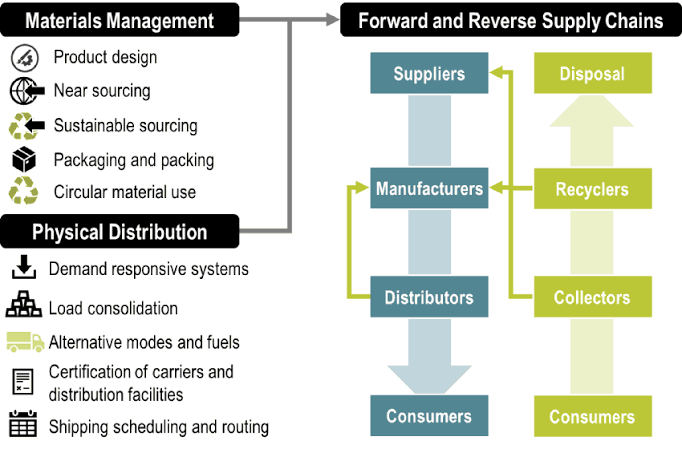FOOD STORAGE STRATEGY FOR THE LOGISTICS INDUSTRY IN ANTICIPATION OF COVID-19
Since the government announced that the COVID-19 case had started in early March, some food commodity prices have slowly risen. Some types of local and imported fruits and vegetables prices have risen between 50-100 percent. Only the price of local shallots rose only 10 percent. While local and imported beef prices remain stable but sales volume has declined. Local chicken meat prices are also relative stable because the supply in the market is still sufficient. While the price of sea fish and fresh water rose 10-20 percent.
Harvest failure or delayed planting season due to the current situation will overshadow the availability of national food stocks. Not to mention the cost of food distribution, gradually rising, especially shipping cost by sea rose around 10-20 percent. The cost of land transportation, such as reefer trucks, although currently there is still no increase, but is predicted to rise 10 percent especially before the fasting month and Eid al-Fitr. Therefore, the strategic steps of the national cold storage industry must be made to keep the performance of national food security. The steps suggested and needed support from government are:
- Buffer stock is needed based on accurate national supply-demand calculations.
- Storage costs are still affordable and not too significant to the selling price of post-store products. If there is a significant price increase, the government must provide a stimulus that can be in the form of subsidized industrial electricity costs within a certain period.
- Shipping costs are likely to rise, especially for sea transportation across countries and across islands, other type of stimulus must also be carried out such as fuel subsidies as one of the high operational costs.
- The national Internet of Things network continues to be improved, especially its availability outside Java, which is currently limited by the infrastructure and available human resources.
Meanwhile, ARPI predicts that the cold logistics industry will continue to grow around 6 percent this year or equivalent of 145 thosand pallet positions. Reefer trucks can grow double digits 18 percent or equivalent to 1,750 vehicles with a capacity 1-10 tons. The increase in investment came from existing industries and new local and foreign investors.

